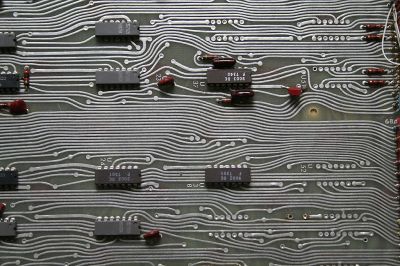In recent years, data rates and volumes produced by both scientific and
commercial space missions have increased exponentially. Increasing
calculation capability and speed are requested from control execution to
data processing, and from data transfer to their storage. Onboard
analysis of data collected before they are sent to Earth has become
vital, in particular for Earth observation surveillance satellites to
effectively exploit bandwidth to ground stations.
The only European DSP suitable for space missions was obsolete when the EU-funded 'DSP for space applications' (
DSPACE) project was proposed. It was considered sufficient in the past, but future missions will require much higher computational power. This requirement, together with the need to reduce dependence on critical technologies from outside Europe, was the DSPACE team's motivation.
However, there were several other obligations that had to be satisfied by the DSP developed. It should be easily adaptable and extendable to cope with the requirements of applications, standards and algorithms of upcoming missions. To cope with these requirements, the DSP was not directly developed in a traditional hardware description language. Instead, the team selected the Language for Instruction Set Architectures (LISA).
LISA allowed DSPACE to describe the processor's behaviour as well as its structure, including register files, execution units and memory interface on a high abstraction level. From the LISA description of the device hardware, a software development environment could be generated, consisting of the assembler, linker and simulator. The rest of the DSP building blocks were developed following the traditional hardware design flow. The final code was optimised for the specific processing architecture.
To validate the performance of the system, using the benchmarks established in 2008 by the European Space Agency (ESA), DSPACE developed a demonstration board. The first results on filtering benchmarks, evaluated for different filter types and lengths, showed a performance similar to fast ground DSPs, in terms of computational power.
Release of DSPACE DSP will primarily influence a wide community of researchers, developers and users worldwide. Moreover, it is expected that the results of the project will have a large impact on a wide community in the space market. This could provide a large contribution to European “non-dependence” and “independence” in the space digital signal processing technology field.

